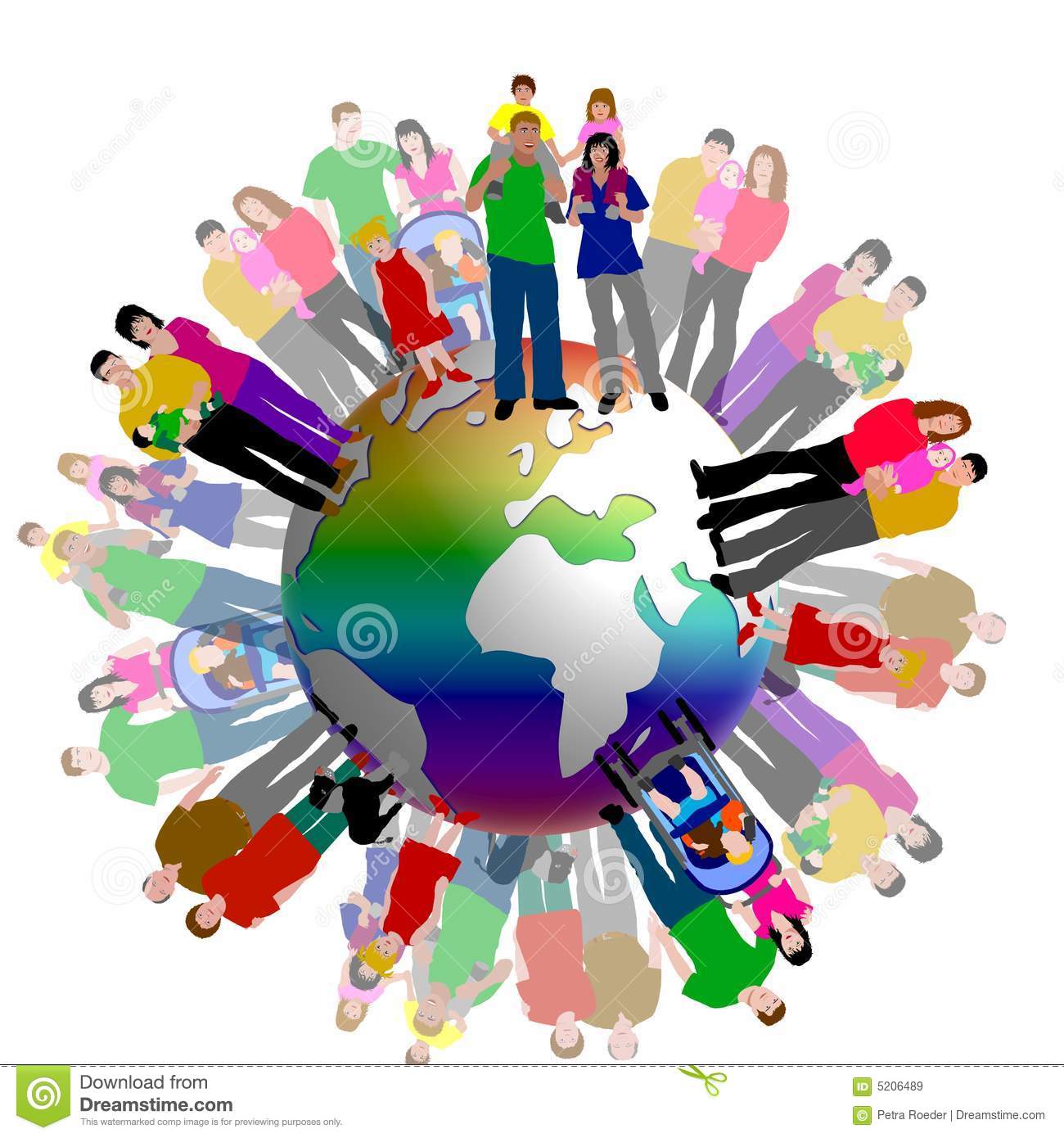Some years ago a report titled Donors of the Future – 12 Key Trends identified “racial and ethnic diversity” as the number one trend reshaping the giving landscape.[i]The prescience of that finding slapped me in the face three years ago when teaching a course on Faith & Fundraising at Fuller Theological Seminary, an institution known for the cultural diversity of its student body. Ten different cultures and ethnicities were present in the classroom. By the end of the first day my teaching colleague and I realized that our primary assignment was to step back to listen and learn from our students.
Christian congregations are becoming more culturally and ethnically diverse. If a ministry is to be effective it is imperative that clergy also take the time to listen and learn from the new faces sitting in their pews. Cross-cultural giving is a gift to be celebrated when it informs, enhances and enriches the mission and vision of a congregation. This we now know; minorities and people of color are generous in their giving. Savvy pastors are waking up to the reality that to be effective church-based “fundraising must take place with cultural consciousness in mind.[ii]
What did I learn from my students? Fundraising principles must be contextualized to mirror the values and giving practices of the donor’s culture. A young Chinese woman discovered that if her fundraising project was to be successful it must first be endorsed by the esteemed older members in her congregation. An Anglo priest learned to respect the fact that the giving priority of his Latino parishioners was sending money back to their home country. A young Hispanic pastor learned to embrace his congregations three-generation old idea of fundraising by climbing into the boxing ring placed in the church courtyard once a year to joyfully raise money for the congregation’s programs. A Taiwanese student with a vision for a new mission program recognized that it was the pastor of his home congregation in Taiwan who had singular authority to approve his vision. A Kenyan student keen on raising money to pay for his seminary education discovered and reclaimed the Kenyan practice of Harambee, a Swahili fundraising term meaning “all pull together.” Harambee’s are events, institutional or personal, whereby money is raised for weddings, funerals, school tuition, health expenses and church projects.
Cultural understandings shape both how and why people give. Hispanic giving is more informal and familial. It is also action and service oriented as it is viewed as a way to give back. African Americans give to benefit people and families they know as via their giving they support those institutions and organizations that address their particular needs, with religion a dynamic and motivating presence. Asian Americans giving is as varied as the nations and cultures they represent: Japanese Americans have an interest in civil liberties and civil rights; Chinese Americans focus on their cultural heritage; Filipino-Americans send money back to their country of origin.[iii] For Asian Americans giving is personal and a way of sharing; sharing with family, friends and the social networks to which they belong.
In her recent book Diversity and Philanthropy– an informative resource I recommend – my friend and former colleague Lilya Wagner writes: “As nonprofits experience an increased demand to adjust their fundamental practices to accommodate the cultural styles, norms and preferences of the cultures wherein they operate, they find that diversity extends farther than had been envisioned. [They find themselves] talking about things like value systems, language, geographic experiences, working styles, thinking styles, educational background, religious faith.[iv]
To take the time to listen and learn from the myriad of faces and cultures sitting in our pews is a call to embrace the practice of pastoral care with new intentionality. To paraphrase Saint Paul in his farewell address to the leaders of the Church in ancient Ephesus: Be on your toes, alert and sensitive to the wondrous gift of the many faces the Holy Spirit has given to you as guardian. God’s people they are; guard and protect them.”[v]
[i]Millennium Communications Group, Inc. Donors of the Future Scan—12 Key Trends and What They Mean for the New Giving Landscape, March, 2006. This Study was commissioned by New Ventures in Philanthropy, Forum of Regional Associations of Grantmakers, The Council on Foundations.
[ii]Lilya Wagner, Diversity and Philanthropy: Expanding the Circle of Giving, p.2. Praeger, 2016.
[iii]Giving USA Foundation, Giving USA Spotlight,Issue 2, 2011.
[iv]Lilya Wagner, p. 4. Visit Dr. Wagner’s website for updates on the this subject: www.diversityandphilanthropy.com.
[v]Acts 20:28
